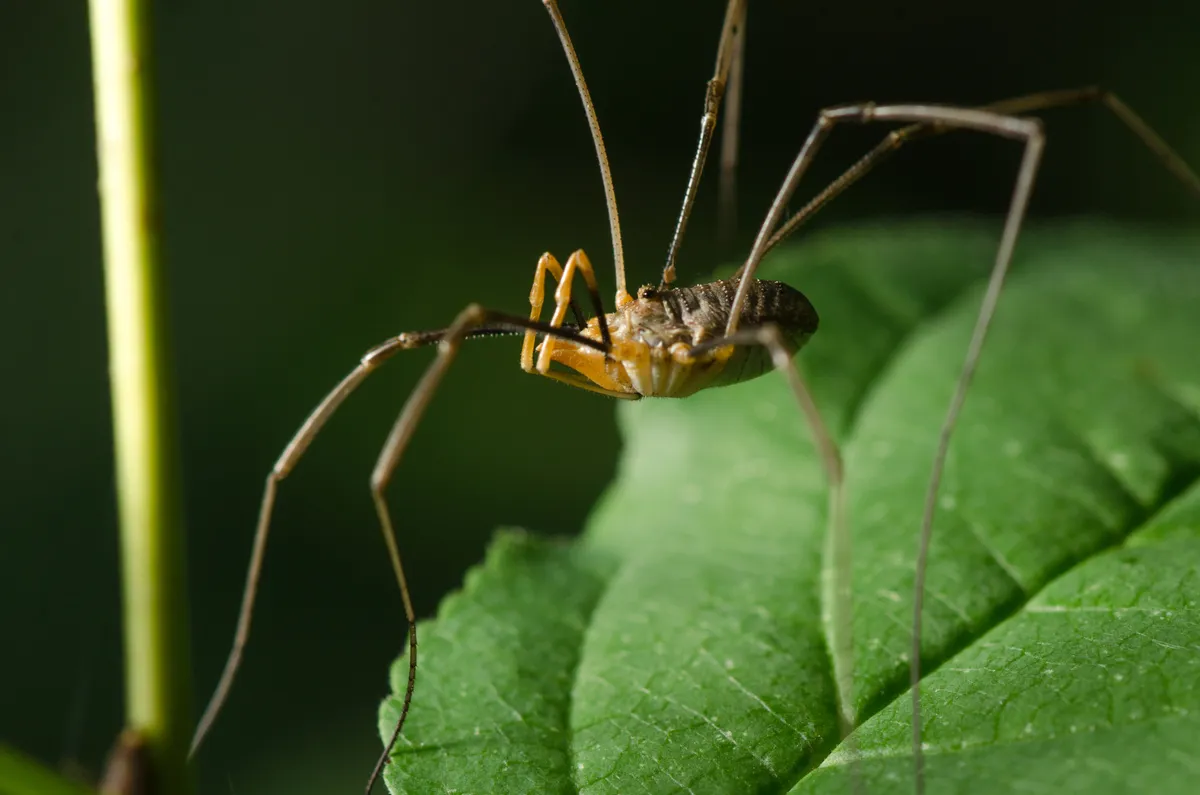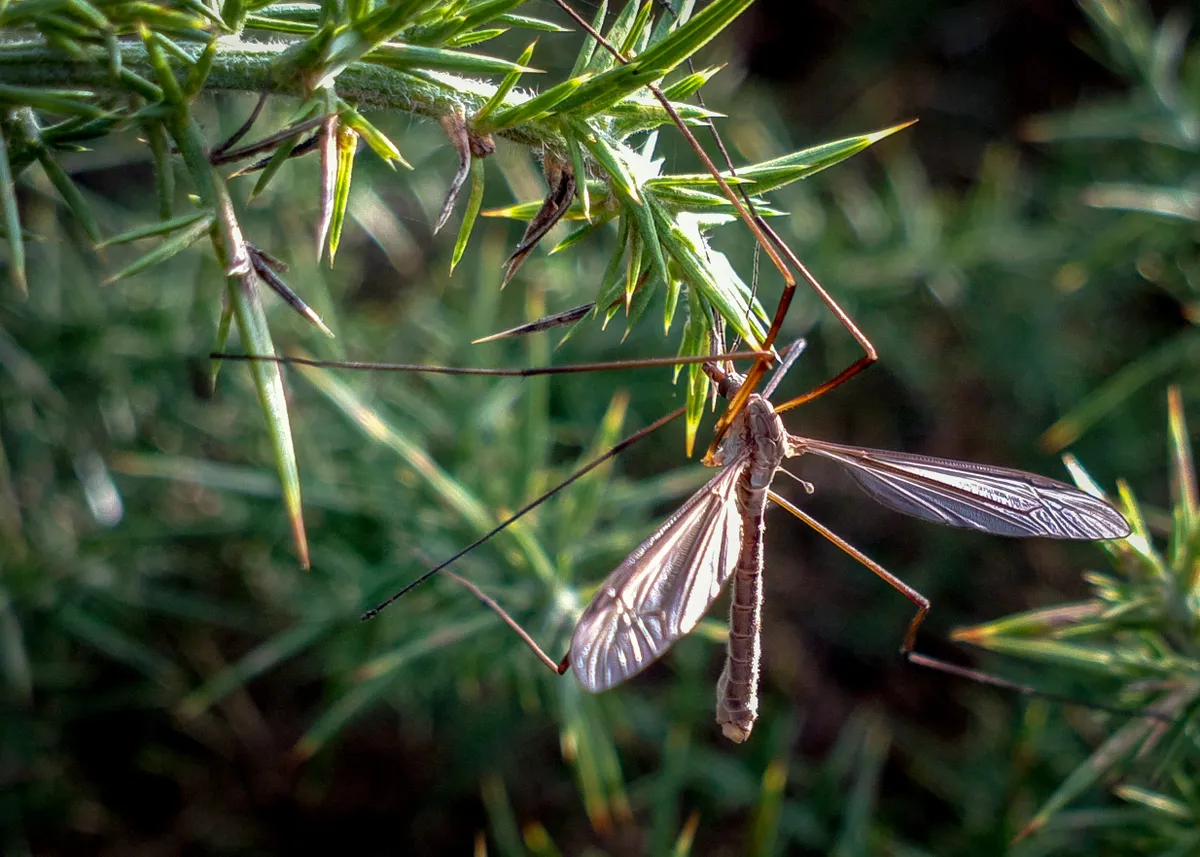What are arachnids
Arachnids are a highly diverse group of mainly terrestrial arthropods, including spiders, scorpions, whip scorpions, mites and ticks. There are over 100,000 species, with new species being regularly described. The majority of arachnid species are spiders.
What's the difference between arachnids and insects?
Arachnids have eight legs in four pairs, although in some species the front pair of legs have adapted to be used in a different function and in some other species, other appendages have grown large enough to be mistaken for legs.
In contrast, insects have six legs in three pairs. Other distinguishing features include the lack of wings and antennae in arachnids.
World's deadliest insects and the most dangerous insects to humans
What are daddy long legs?
It depends on who you ask! Usually this refers to spider species in the Pholcidae family, particularly the cellar spider – the species that hangs out on ceilings and vibrates dizzyingly fast if touched.
However, the name ‘daddy long-legs’ is also sometimes used to refer to craneflies (not arachnids) or harvestmen (arachnids that are often confused with spiders).
Some examples of arachnids:
Spiders (Araneae order)
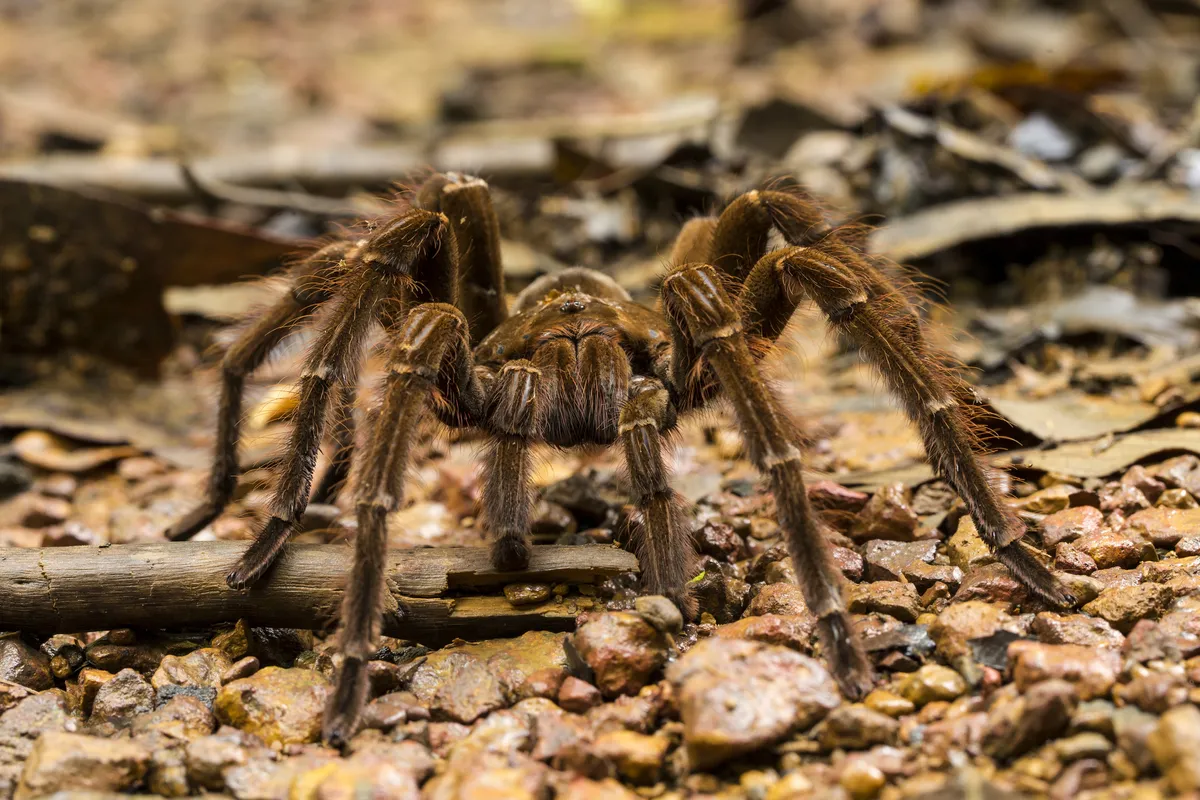
Spiders are the most familiar arachnids to the majority of us, and are the largest order of arachnids with other 50,000 described species. They can range in size from the smallest spiders measuring just 0.4 millimetres in length and the male goliath bird-eating spider (above) is the largest spider with leg spans of 28cm.
All spiders are able to produce silk with their spinnerets, but not all of them use silk to make webs.
Harvestmen (Opiliones order)
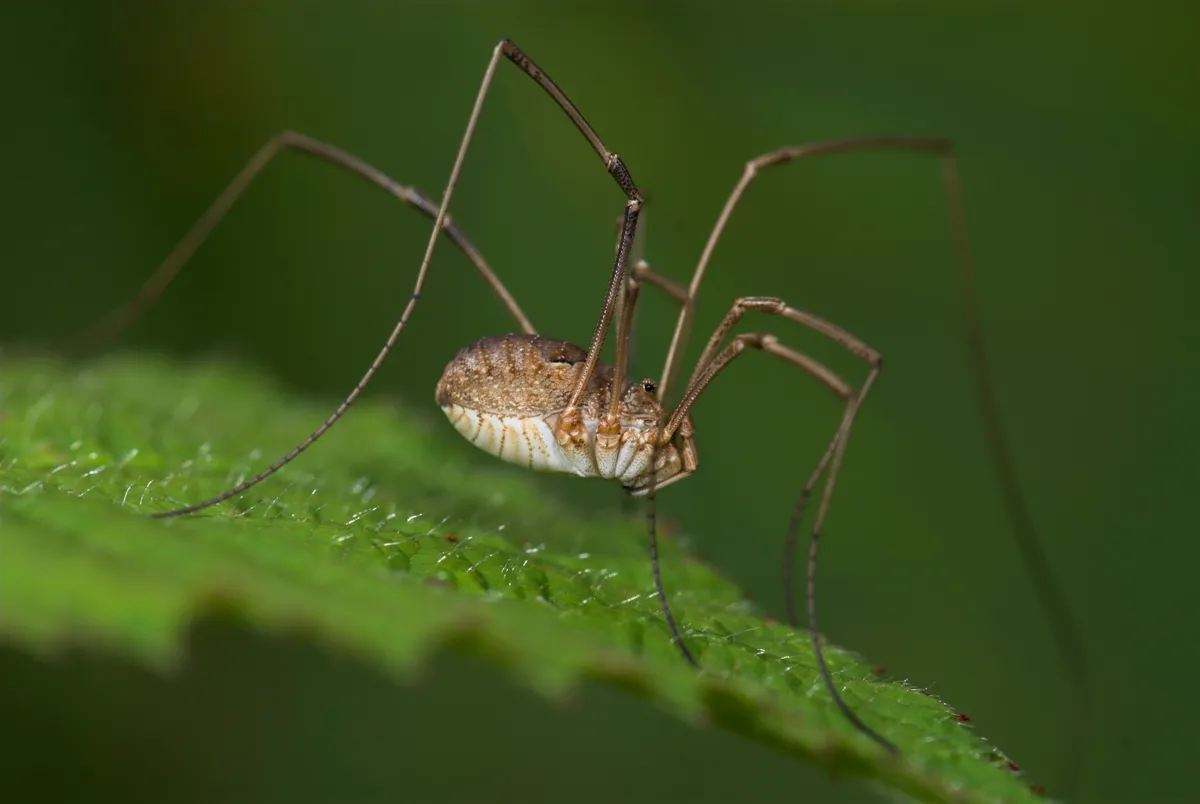
Harvestmen are often confused with spiders, since at first glance, they do look a lot alike. All harvestmen have spindly legs, and can be distinguished from spiders by having fused body regions and a single pair of eyes in the cephalothorax. Harvestmen cannot make silk or webs. There are about 25 species of harvestmen found in the UK.
Scorpions (Scorpiones order)
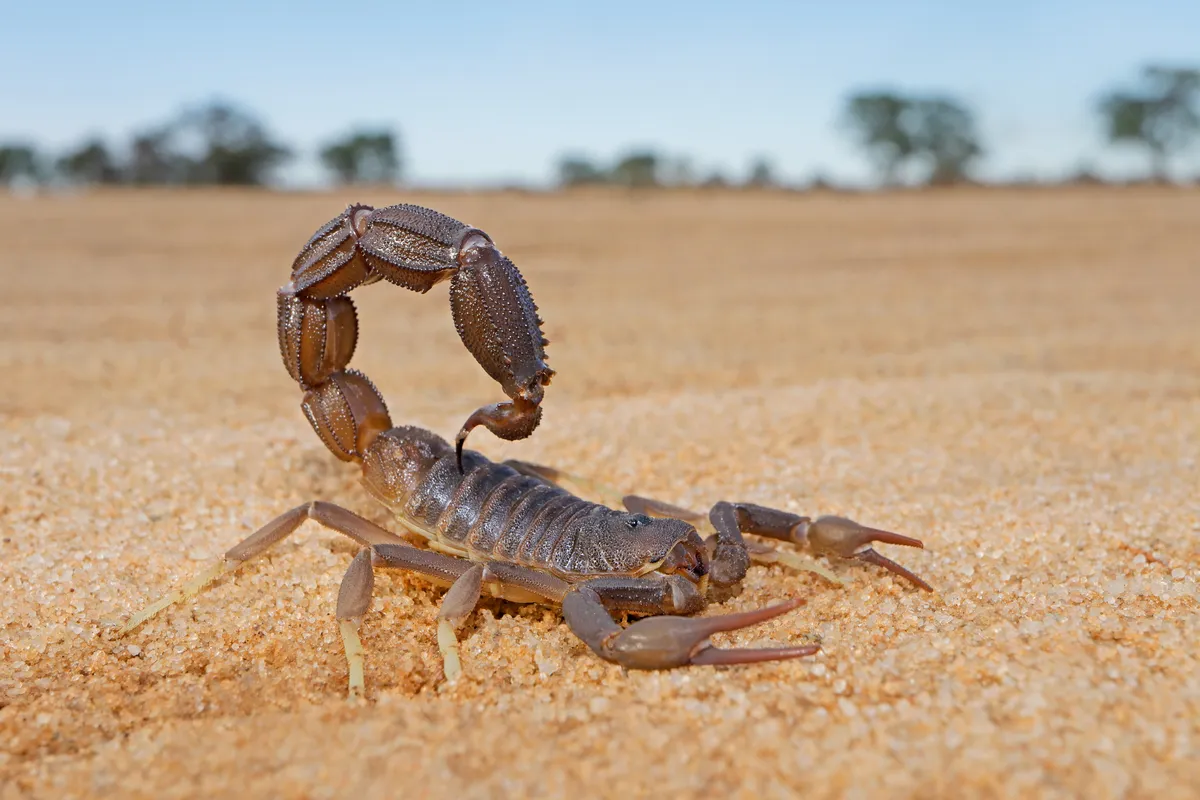
Scorpions have a large pair of grasping pincers and a segmented tail with a stinger, which can usually be held up over the body. Over 2,500 species have been described, many of which live in deserts.
The UK lacks any native scorpion species, but there is one non-native species has managed to make itself at home in the on the Isle of Sheppey in Kent – the yellow-tailed scorpion (Tetratrichobothrius flavicaudis).
Measuring up to 45cm in length, this mostly-black scorpion species (with yellow-brown legs and tail) is thought to have arrived in the 1800s in shipments of Italian masonry.
The population is believed to be the northernmost population of wild scorpions outside of the Americas. It is said to rarely use its sting and it has only mild venom, said to be less painful to a human than a bee sting.
Pseudoscorpions (Pseudoscorpiones order)

Much smaller than scorpions, pseudoscorpions do have two long pincers, but lack the stinging tail. They are also known as false scorpions or book scorpions. There are 27 species of pseudoscorpions in the UK, and around 12 of these are considered to be quite common.
However, it can be quite hard to see a pseudoscorpion unless you’re specifically looking for one as UK species only measure between 2-8mm. Pseudoscorpions inhabit a variety of habitats such as leaf litter, bird and mammals nests, decaying vegetation, beneath the bark of trees, and even in our homes.

